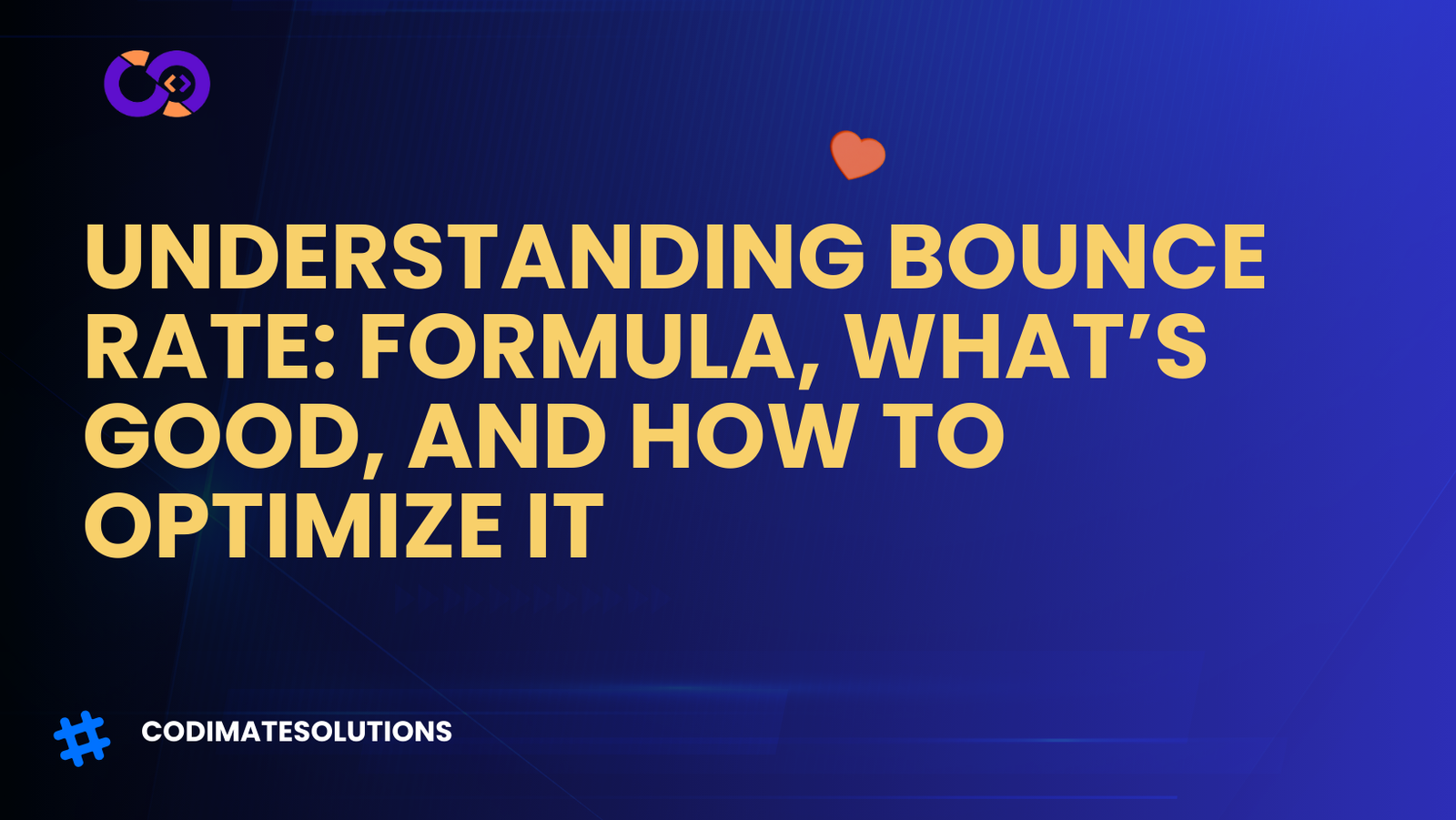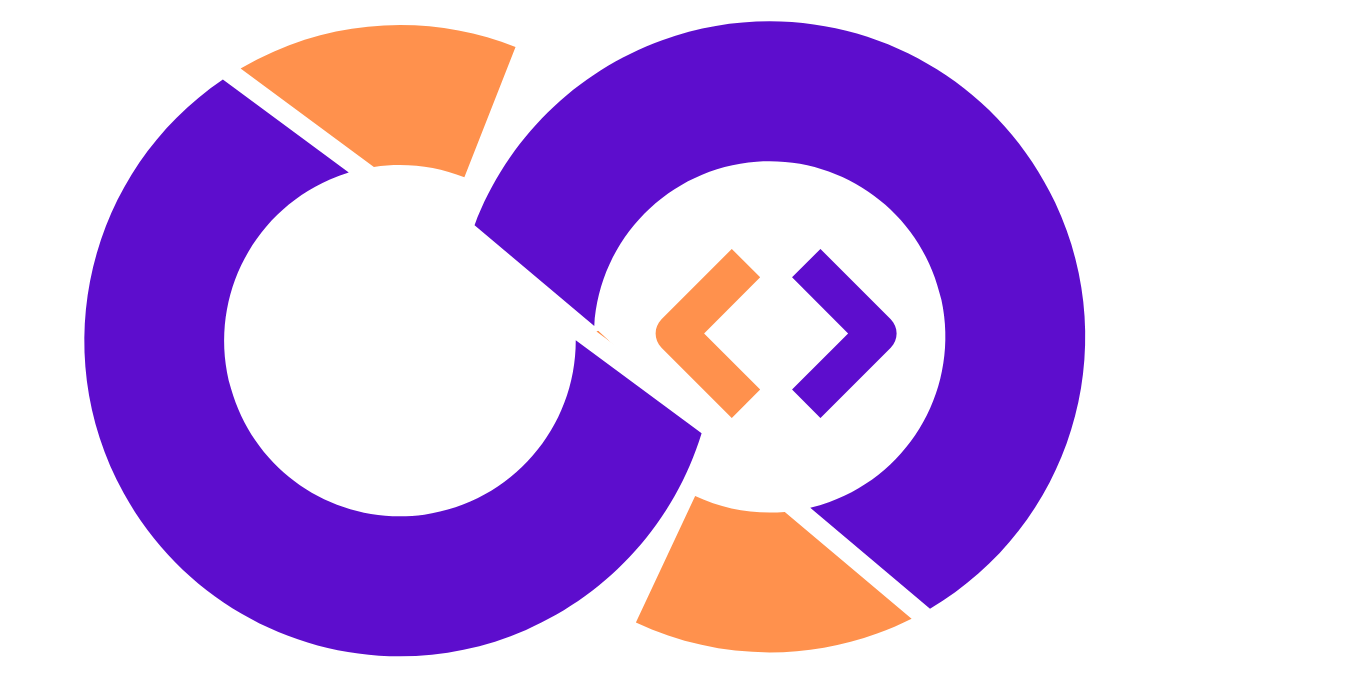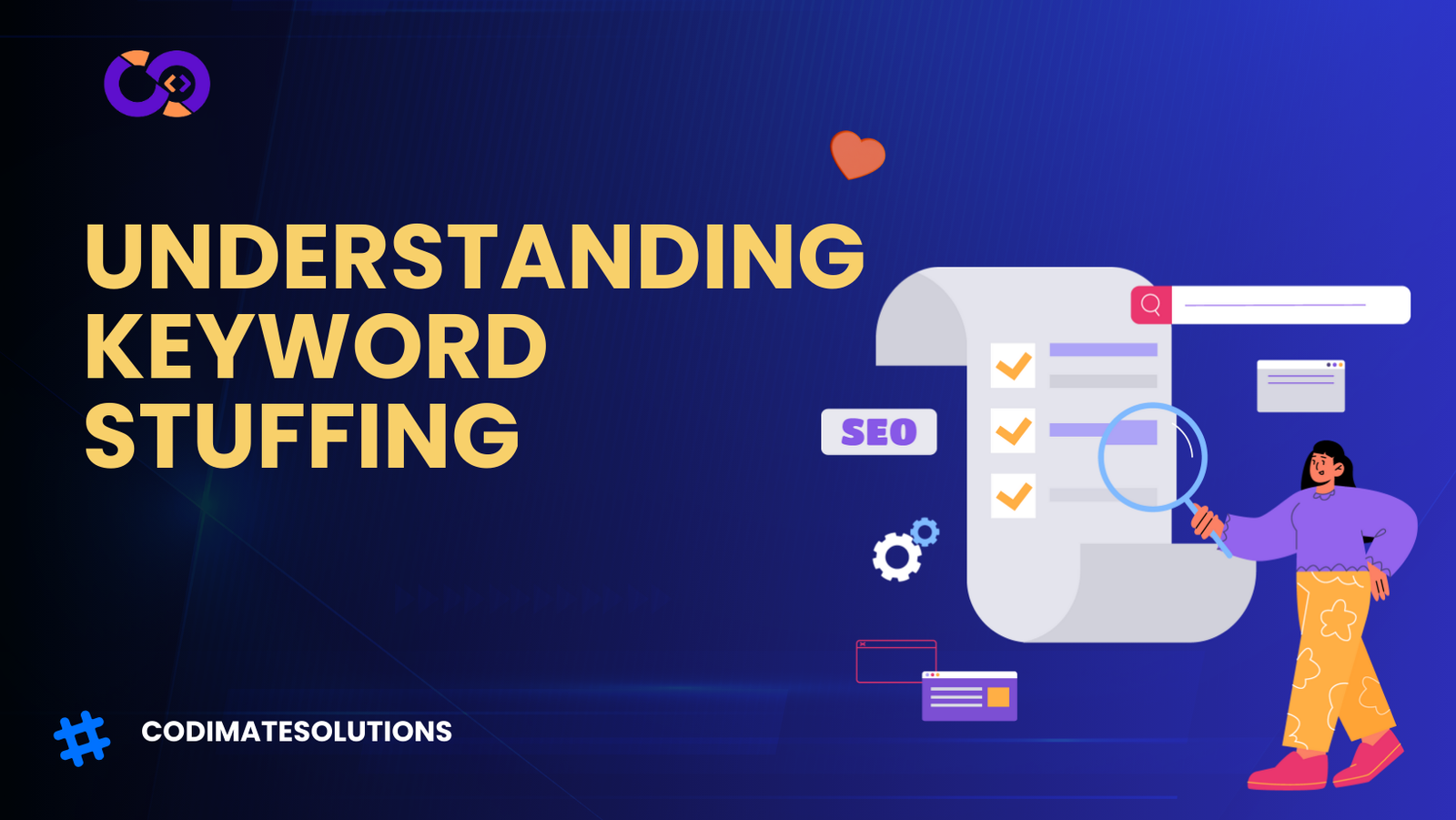Understanding Bounce Rate: A Comprehensive Guide on What it is, Formula, What’s Considered Good, & More
November 16, 2024 | by codimatesolutions

Bounce rate is a crucial metric in the world of digital marketing and SEO. It provides valuable insights into user behavior on your website, indicating how engaging and effective your content is at retaining visitors. This comprehensive guide will delve into what bounce rate is, how to calculate it, what constitutes a good bounce rate, and strategies to optimize it.
Table of Contents
- What is Bounce Rate?
- How is Bounce Rate Calculated?
- What’s Considered a Good Bounce Rate?
- Why Does Bounce Rate Matter?
- Factors That Affect Bounce Rate
- How to Improve Your Bounce Rate
- Common Misconceptions About Bounce Rate
- Conclusion
What is Bounce Rate?
Bounce rate refers to the percentage of visitors who land on a webpage and leave without interacting further or visiting other pages on the site. Essentially, a bounce is a single-page session where the user decides to exit without engaging further with your content.
Example: If 100 users visit your page and 60 leave without any interaction, your bounce rate is 60%.
Bounce rate is a key indicator of how engaging and relevant your landing page is to the audience. A high bounce rate suggests that users aren’t finding what they’re looking for, or your content isn’t compelling enough to keep them browsing.
How is Bounce Rate Calculated?
The formula to calculate bounce rate is straightforward:
Bounce Rate Formula:
The formula to calculate bounce rate is:
Bounce Rate = (Single-page Sessions / Total Sessions) * 100
Where:
- Single-page sessions refers to the number of visitors who land on your page and leave without interacting further or visiting other pages.
- Total sessions is the total number of visits to your website, including all pages visited during a session.
Example:
If you had 1,000 total sessions on your website and 400 of those were single-page sessions (users left after viewing just one page), the bounce rate would be calculated as:
Bounce Rate = (400 / 1000) * 100
Google Analytics automatically tracks this data, allowing you to see the bounce rate for individual pages and your entire site.
What’s Considered a Good Bounce Rate?
The ideal bounce rate varies depending on the industry, type of website, and content goals. Here’s a general breakdown to help you understand what’s typically considered a good bounce rate:
- 26% – 40%: Excellent. Indicates highly relevant content and excellent user experience.
- 41% – 55%: Average. This is the normal range for most websites.
- 56% – 70%: Higher than average. Could indicate room for improvement, depending on the type of website.
- Over 70%: Poor. Often signals problems with user experience, site design, or content relevance.
It’s essential to note that bounce rates can vary by industry. For instance:
- Blogs: 70% – 90% (high because visitors often find the answer they need and leave)
- Retail Sites: 20% – 40% (low because visitors are more likely to explore multiple products)
- Landing Pages: 70% – 90% (depends on the purpose; a single offer page might have a higher bounce)
Why Does Bounce Rate Matter?
Bounce rate is a critical metric because it provides insights into how well your content resonates with your target audience. A high bounce rate may indicate:
- Irrelevant content.
- Poor user experience.
- Slow page load times.
- Unappealing design or layout.
A low bounce rate generally indicates that your content is engaging, relevant, and meets user expectations, encouraging them to explore your site further. Understanding and optimizing bounce rate can lead to improved user experience, higher conversion rates, and better SEO performance.
Factors That Affect Bounce Rate
Several factors can impact your website’s bounce rate. Some of the most common include:
- Page Load Speed
- Slow-loading pages often frustrate users, leading them to leave before even viewing your content.
- Aim to optimize images, leverage browser caching, and use Content Delivery Networks (CDNs) to speed up your site.
- Explore tips on improving WordPress website performance for practical insights.
- Content Relevance
- Ensure your content aligns with what users are looking for based on the search query or source link.
- Avoid clickbait titles that don’t deliver on promises, as this can increase bounce rate.
- Mobile Responsiveness
- A significant number of users browse on mobile devices. If your website isn’t mobile-friendly, visitors may leave quickly.
- Implement a responsive design to accommodate different screen sizes.
- User Experience (UX)
- Navigation should be intuitive. Complicated menus or confusing layouts can drive users away.
- Use clear calls to action (CTAs) and avoid intrusive pop-ups that can disrupt the user experience.
- External Links & Redirects
- Opening external links in the same window can cause users to leave your site unintentionally. Use target=”_blank” to open in a new tab.
How to Improve Your Bounce Rate
Here are some effective strategies to reduce your bounce rate:
- Optimize Content for Relevance
- Use relevant keywords to target the right audience. Incorporate natural and well-placed keywords, similar to strategies discussed in our article on keyword stuffing in SEO.
- Improve Page Speed
- Utilize tools like Google PageSpeed Insights to analyze and enhance page load speed.
- Compress images and minimize JavaScript/CSS to ensure quicker load times.
- Create Engaging Content
- Use visuals, infographics, and videos to make content more engaging.
- Break down large blocks of text with headers, bullet points, and whitespace for better readability.
- Enhance Internal Linking
- Encourage users to explore other pages on your site by adding internal links.
- Use anchor texts that relate directly to the content, such as Is SEO a Good Career?.
- Leverage A/B Testing
- Test different headlines, images, CTAs, and layouts to see what keeps visitors engaged.
- Use analytics tools like Google Analytics or Hotjar to understand user behavior and make informed adjustments.
- Focus on Mobile Optimization
- Ensure buttons, images, and content are mobile-friendly. Check that the site loads quickly on mobile devices.
- Simplify navigation for mobile users with easy-to-click elements.
Common Misconceptions About Bounce Rate
There are a few common misunderstandings about what bounce rate actually indicates:
- High Bounce Rate Always Means Poor Performance: Not necessarily. For some pages, like blog articles or single-offer landing pages, a high bounce rate can mean that users found what they were looking for right away.
- Low Bounce Rate is Always Good: While a low bounce rate generally indicates engagement, it’s important to consider whether users are converting or taking the desired actions on your site.
Conclusion
Bounce rate is a vital metric that provides insights into user engagement, content relevance, and website performance. Understanding what it is, how it’s calculated, and what influences it can help you create strategies to optimize your site effectively. By focusing on improving page speed, content quality, mobile responsiveness, and user experience, you can reduce bounce rates, enhance engagement, and ultimately drive better results for your business.
Optimizing your bounce rate is an ongoing process, and it’s essential to monitor it regularly, analyze the results, and make necessary adjustments. Utilize tools like Google Analytics to track your progress and pinpoint areas for improvement. With time and effort, you can create a website that not only attracts visitors but keeps them engaged and eager to explore more.
Bounce rate is the percentage of visitors who land on a webpage and leave without interacting with other pages or engaging further. A high bounce rate can indicate that the content is not relevant or that the user experience needs improvement.
A good bounce rate depends on the type of website, but generally:
26% – 40% is excellent.
41% – 55% is average.
56% – 70% is higher than average and might indicate issues.
Over 70% suggests there’s room for improvement.
Bounce rate is an important metric because it helps gauge user engagement. A high bounce rate might indicate poor content relevance, slow load times, or a bad user experience, all of which can negatively affect SEO.
Several factors can contribute to a high bounce rate, such as:
Irrelevant or low-quality content.
Slow page load speeds.
Poor website navigation or confusing layout.
Non-responsive design on mobile devices.
Yes, a high bounce rate isn’t always bad. For single-page websites or blogs, users may find the information they need immediately and leave without further interaction, which is expected.
Bounce Rate measures the percentage of users who leave after visiting just one page.
Exit Rate tracks the percentage of users who leave your site from any given page, regardless of how many pages they visited.
RELATED POSTS
View all



